The Centro Cultural Macario Matus is an important center for Zapotec culture in Mexico City. It’s become a recognized center for language learning too.
The Centro Cultural Macario Matus opened upon the poet’s death and is dedicated to continuing his life’s work. Today, on the ground floor of the Edificio Guanajuato in Tlatelolco, the center holds ongoing celebrations of books and records, poetry recitals, and musical events. Food-related events are not uncommon and food often accompanies other un-related events.
The Center also welcomes representatives from other indigenous cultures, among them Maya, Mixtec, and Nahua.
 https://www.facebook.com/CentroCulturalMacarioMatus/?ref=page_internal
https://www.facebook.com/CentroCulturalMacarioMatus/?ref=page_internal
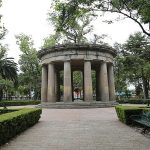
Nearest at 0.09 kms.
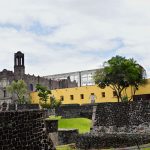
Nearest at 0.11 kms.
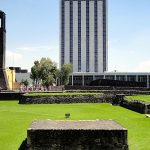
Nearest at 0.13 kms.
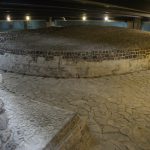
One of Mexico City's most recent and striking archaeological finds...
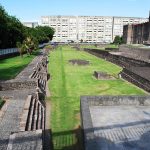
Among the most prolific of digs in Mexico City's central neighborhoods, this one keeps revealing more...
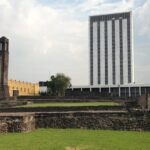
The Plaza de las Tres Culturas is one of the most touching and informative places to stand in the modern city, past, present, and future.

Tlatelolco's original school still teaches a lesson even hundreds of years later.
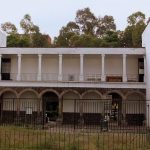
One of Tlatelolco's oldest continually occupied sites, it's the former seat of the Indigenous Government.